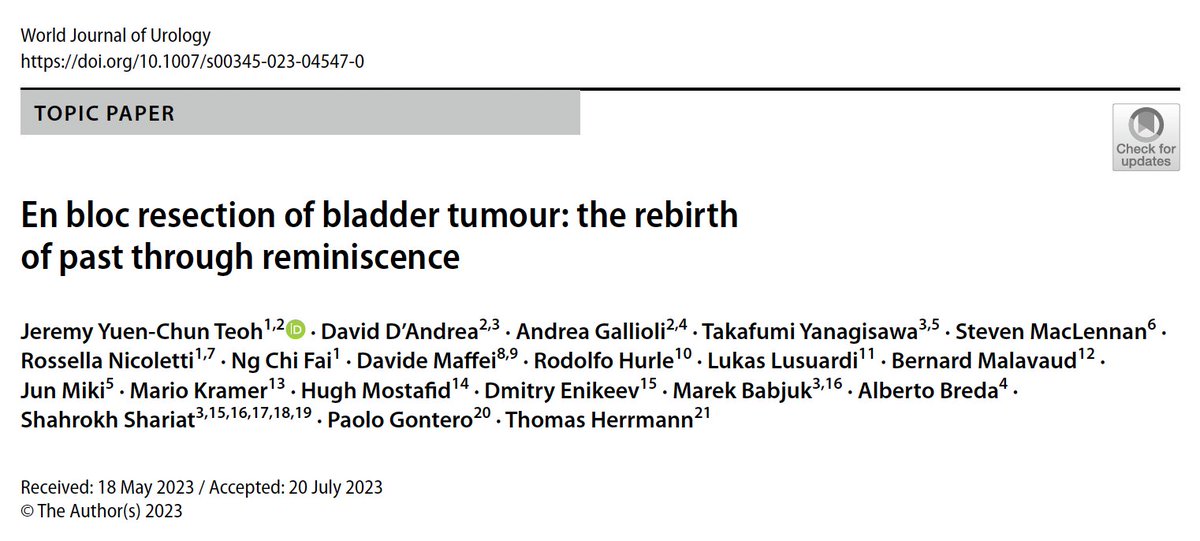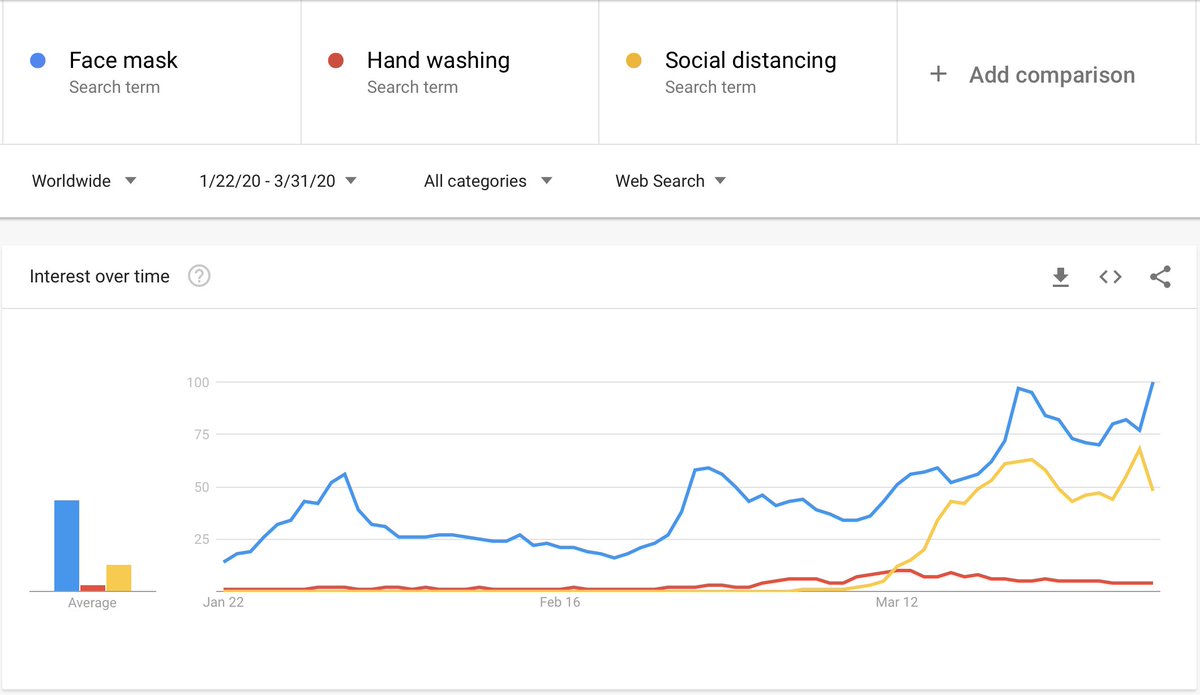A myth can be defined as "a fictitious or imaginary person or thing". Are there any Myths in Urology / Urological Practice? Can you share with us? #UroSoMe 

“Doctor, I have stopped drinking milk because I have calcium containing stones!” #UroSoMe
Eating oysters can improve erection. This is a myth being spread in Chinese I think.. #UroSoMe
@ytanidir @DocGauhar @AJWLight @gudaruk @DrTortolero @Urologeman @jleow @wroclawski_uro @Daniel_Urologia @D_Castellani "I tried to drink more water to flush my ureteric stone out of my body!" #UroSoMe
@ytanidir @DocGauhar @AJWLight @gudaruk @DrTortolero @Urologeman @jleow @wroclawski_uro @Daniel_Urologia @D_Castellani Lycopene (rich in tomatoes) is good for BPH! #UroSoMe
@ytanidir @DocGauhar @AJWLight @gudaruk @DrTortolero @Urologeman @jleow @wroclawski_uro @Daniel_Urologia @D_Castellani "I will not undergo this surgery - it will speed up the spread of the cancer!" #UroSoMe
Suddenly remember about the study on frequent ejaculation -> reduced risk of prostate cancer! #UroSoMe
“We do not know how BCG works!” #UroSoMe
Lower urinary tract symptoms must be due to BPH! #UroSoMe
Always treat LUTS with alpha-blocker first! #UroSoMe
• • •
Missing some Tweet in this thread? You can try to
force a refresh






















